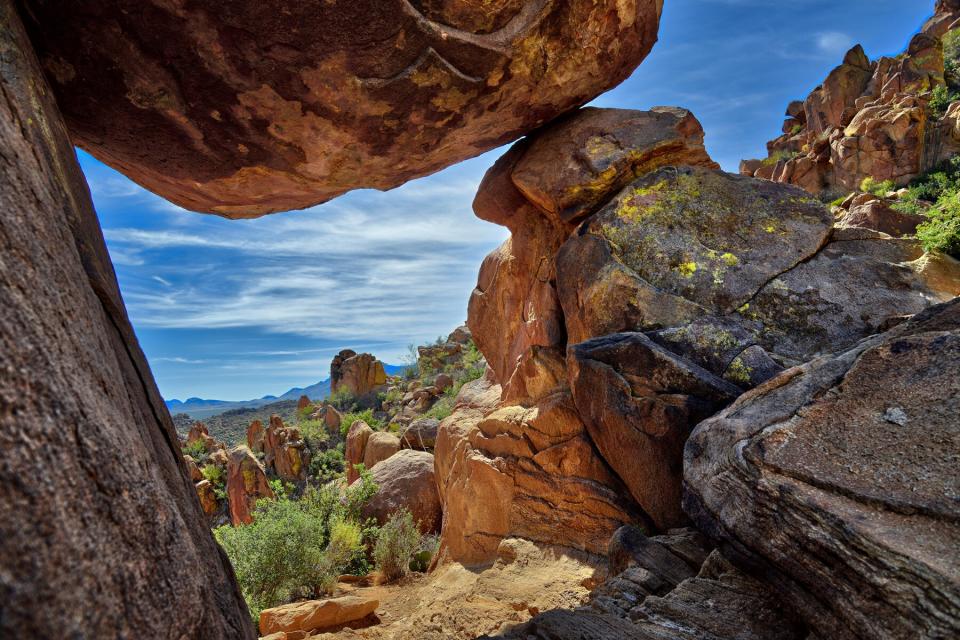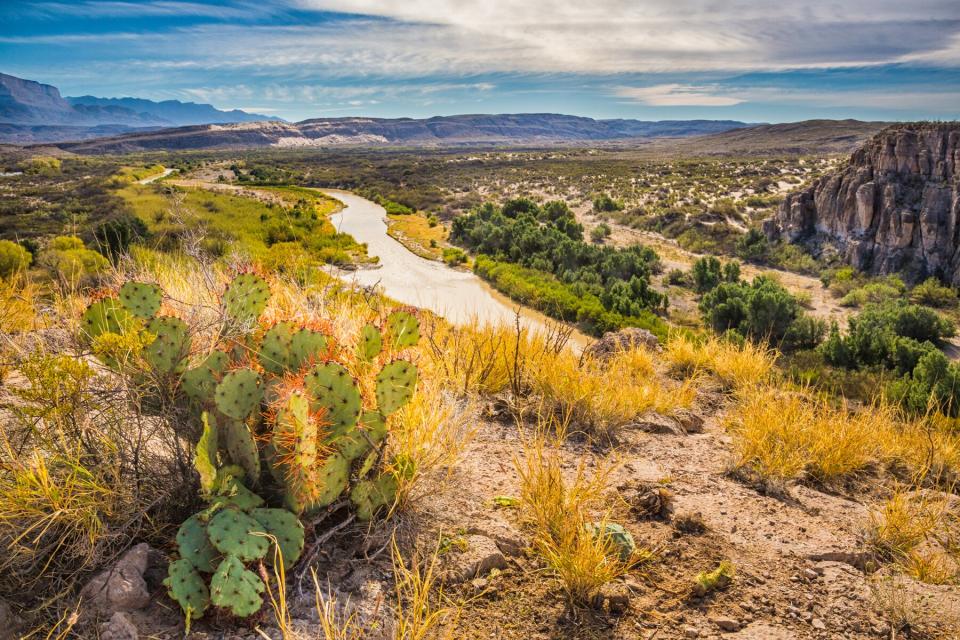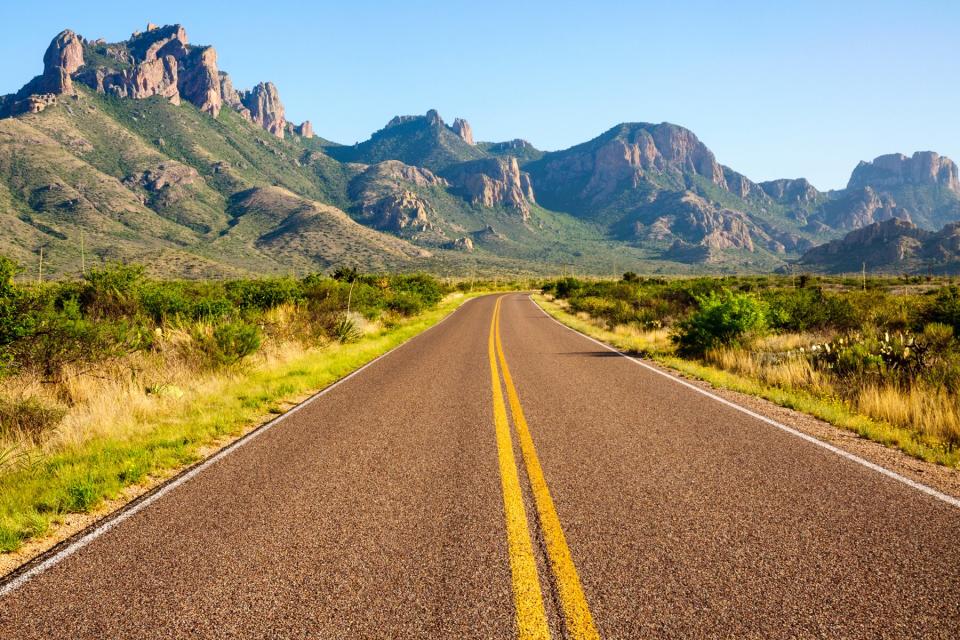You Can Go Hiking, Dune Sledding, and Stargazing in North America's Largest Desert

Editor's Note: Travel might be complicated right now, but use our inspirational trip ideas to plan ahead for your next bucket list adventure.
As city flight persists, there is something magical about the desert that beckons. Like much of the American West, the desert has been painted as an empty expanse for colonialist fantasy — an "untouched" landscape, ripe for the taking. Of course, this narrative erases the millennia-old Indigenous communities that still call this place home.

Mark Stevens/Getty Images
Alternatively, the desert also gets mythologized as exotic, filled with "warring" or "mystical" Natives. In reality, of course, the desert is neither of these tropes. It is infinitely more complex — a patchwork of varied ecosystems spanning hundreds of miles, which somehow get conflated into one singular object.

Deb Snelson/Getty Images
No other North American desert is as large as the Chihuahuan Desert, spreading across New Mexico, Arizona, and Mexico. However, most haven't heard of it. It's nearly four times as big as the Mojave, where Death Valley is located. Perhaps it's most well-known feature is White Sands National Park — newly minted as such in 2019 — a nearly 275-square-mile stretch of dunes in southern New Mexico, just an hour and a half from El Paso, Texas.
Despite the landscape's inhospitable facade, more than 800 animal species live in White Sands, including — amazingly — one fish: the pupfish, found in springs and creeks throughout the park and nowhere else on the planet.
Due to its remote nature, much of this area continues to be used by the American military as a missile range. Originally established in 1945, the first atomic bomb was tested nearby. New Mexico boasts many of these juxtapositions. At once the antiquated Wild West and sci-fi backdrop, it's just more evidence of the complexity of this land.
Daytime hiking in White Sands is spectacular — season permitting, spring and fall are best — and dune sledding is a popular activity, too. Still, nighttime is when White Sands shines brightest. In 2019, it was certified as an International Dark Sky Park, which basically means it's excellent for stargazing. Like much of the sparsely populated Southwest, it's not uncommon to spot the Milky Way on a clear, moonless night. You don't need any special equipment, but it's advised that you put away your phone. Even turning on your phone for a few seconds can impact your ability to perceive stars for the next half hour, park rangers advise. Be sure to bring warm clothes, including in the summer, as nighttime temperatures can drop to 50 degrees, even on the hottest of nights.

Getty Images
While national parks are getting more and more crowded, White Sands remains one of the country's lesser-visited options, with 600,000 annual guests. (Contrast that to Yosemite's yearly five million visitors.)
There aren't any hotels inside the park itself, although backpacking is allowed. (During the pandemic, however, this is suspended.) For accommodations, you'll want to head to the nearest city of Alamogordo. With a population of about 30,000, it's chiefly known as an outpost to the park, as well as home to the Holloman Air Force Base. Most of the hotel options here are budget-friendly chains, which you can't go wrong with for a night or two.
White Sands National Park is three and a half hours south of Albuquerque, which boasts New Mexico's only major airport. At the time of publishing, New Mexico has a mandatory 14-day self-quarantine for out-of-state tourists. While a cross-country road trip may not be possible right now, as regulations shift and public safety allows, the beauty of White Sands continues to beckon.

